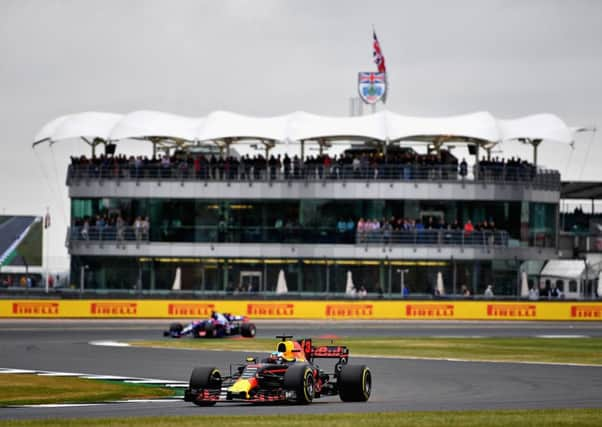Demise of Silverstone could be exactly what British GP needs


If the BRDC is unsuccessful in reaching a new deal, the future of Formula One in the UK looks uncertain at best.
But the demise of Silverstone as the host of the British Grand Prix could be exactly what the sport needs. The deal itself was known to be financially unsustainable when signed back in 2009. Not too long ago Silverstone were ready to pass on the Grand Prix to a redeveloped Donington Park, a deal which was scuppered by the financial crash of 2008. Silverstone’s future is not inherently tied to the future of the British Grand Prix, much like the move to Silverstone from fan favourite Donington for MotoGP was not fatal.
Advertisement
Hide AdAdvertisement
Hide AdFormula One is in the midst of a renaissance, both in sporting and organisational terms, and crucially, for the sport to survive, it must retain its historical basis while learning how to engage its young fan base in the era of social media and the internet. That is a delicate balance, one that Bernie Ecclestone got badly wrong. His decisions to take the sport to Malaysia, Bahrain, and China, for example, were attempts to grow the sport, but there is a whole generation of Formula One fans from countries previously considered to have strong fan bases who have been bypassed in recent years due to the stagnation of the sport online and on the track, and a reliance on pay-to-view TV and government funded circuits.
There is an opportunity, therefore, for the FIA and Formula One to make the best of what is a bad situation. For years, an inner-city track in London was mooted, but usually dismissed as unworkable or simply irrelevant when Maggots, Becketts, and Copse exist and suffer the punishment of Pirelli tyres year on year.
With the BRDC’s decision, however, and the popularity of Formula E’s races in London and F1’s success in cities such as Singapore and Baku, the possibility and benefits of a London street circuit become clear. Over 60,000 people lined the streets of London to watch the electric cars of Formula E race through Battersea Park, 10,000 less than the capacity of the Hungaroring and Spa. Singapore, for example, already sees crowds of 90,000 attend its night races. Imagine what a well designed London race could bring to the capital.
The loss of Silverstone would be a huge loss to the sport, in that there is no doubt. It has seen too many battles and has sentimentality on par with Monza for it to be thrown aside without thought or care.
However, if it is not possible to develop a new deal with the BRDC, then Chase Carey and Formula One should forget about the Northamptonshire airfield and consign it to the history books. The new owners already understand the need for the sport to embrace change and social media as seen with their development of their Twitter and YouTube accounts, so why not create an accessible spectacle, unmatched by any other street circuit and galvanize Formula One in the UK.